What will future education look like?
Teachers hope education of the future will be a mix of online, in-person instruction, don’t foresee COVID-19 restrictions putting an end to bricks and mortar schools
Teachers and administrators at the elementary, secondary and postsecondary levels of education have shown they can rapidly switch from delivering traditional classroom learning to solely online learning for students after the Ontario government’s quick shutdown of schools at all levels due to fears of the spread of COVID-19.
However, a group of educators which recently spoke with SooToday said, in their opinion, parents and students need not worry about bidding goodbye to traditional education in favour of strictly virtual learning when, or if, COVID-19 goes away.
After all, training in skilled trades, nursing, engineering and other areas, will, of course, always need that hands on approach.
“To the question ‘could it (online instruction) displace bricks and mortar education?’ my answer is a clear and unequivocal ‘no,’” said Ian Lee, Carleton University’s Sprott School of Business associate professor, speaking to SooToday in a telephone interview from Ottawa earlier this week.
“Students love that (online instruction). They want electronic communications with the professor. They want electronic books, they want electronic materials, an electronic syllabus.”
“But, this is where the dividing line is…they want to come (to colleges and universities) to meet other young people their own age,” Lee said.
“They come to get an education, but equally importantly they come to meet other young people, and the idea (put forward by some ‘futurists’) that an 18-year-old wants to sit in their parents basement for the next four years on a computer all by their lonesome doing an online degree is preposterous, specious nonsense,” Lee said.
“The social experience is every bit as valuable as the educational, intellectual experience. You could say the social experience is educational in a different way,” Lee added.
“While we have embraced online learning and we believe that it has a place in education and the future of education, it is very unlikely that it will be used in place of face-to-face classroom instruction.The benefits and advantages of face-to-face instruction are extensive, particularly in programs which colleges specialize in,” wrote Rick Webb, Sault College human resources and communications director, in an email.
“It is the college’s view that technology does not completely make up a student’s education, but enhances it.”
“Attending college and obtaining an education is the foundation of a student’s experience but it does not define it. It is those extras that give our students the well-rounded educational experience we promise. We’re proud to be able to offer students access to athletics, varsity teams, fitness facilities, the library, various student services, labs, aviation students flying our airplanes, using the police situation simulator, outdoor equipment for forestry and fish and wildlife programs like ATVs and canoes, just to name a few,” Webb wrote.
“I would be surprised if the government directed all universities to go online permanently,” wrote Donna Rogers, Algoma University provost and academic dean.
“While there are lots of positives to well-planned and well-developed online programs, we know that ‘going to university’ for most students includes academics, of course, but also a much broader student experience that includes social, experiential, sports/recreation, research and many other elements. What I think we’ll see happening is openness to a variety of delivery alternatives, including much more online study options.”
Rogers wrote Algoma is moving into its spring/summer term with some fully online courses, drawing on expertise from Athabasca University, which has a long history of experience in that type of learning.
“Some programs could be developed for delivery without any in-person instruction, and we are already working on some here at Algoma. But…from plant biology to social work to land-based learning, there are academic components that are not easily replaced by online-only interactions. Most research labs also do work that requires in-person engagement,” Rogers wrote.
“I believe that many of our students, parents, and employees are anxious for the return to a brick-and-mortar school environment, where face-to-face interactions are once again the norm,” wrote Rose Burton Spohn, Huron-Superior Catholic District School Board (H-SCDSB) director of education, also replying to SooToday by email.
“By nature, we are social creatures. Modern technologies are allowing us to stay connected to one another to an impressive degree. I think many of us are very grateful for apps, programs, and devices. However, these technologies can never completely replace what happens in a face-to-face environment,” Burton Spohn wrote.
Still, if bricks and mortar are included along with online instruction, what does the future hold for education?
“The bricks and mortar that we have in our institutions is critical to the post-secondary sector…we want to build upon the bricks and mortar we have by having a strong virtual education as well,” said Sault MPP Ross Romano, Ontario’s Minister of Colleges and Universities, speaking to SooToday.
“I think the potential for radical change at the postsecondary level is real,” wrote Lucia Reece, Algoma District School Board (ADSB) director of education.
Reece, in a reply to SooToday, wrote hybrid, or blended options, using online learning, should be pursued for local post-secondary students who may wish to stay local while pursuing a degree program at a university or college outside Sault Ste. Marie.
“If we are serious about making post-secondary education accessible to all, then the cost must be addressed and technology would allow students to remain in their home communities and access courses. Even a blended option, on campus for two to three weeks and then home for four to six weeks, would significantly reduce costs and increase access. In post-secondary, I see the potential for fewer campuses, with each campus focusing on specific programming that can be delivered online and/or in a blended format,” Reece wrote.
Reece wrote online learning, due to the level of self-discipline and maturity needed for it, along with comfort with the format, is more appropriate for intermediate, senior and post-secondary students.
Lee, of Carleton University, said he prefers what he too described as a ‘hybrid’ approach to post-secondary education, moving forward.
That hybrid approach, Lee explained, includes online learning and email exchanges with students, combined with the lecture theatre.
“Most professors…I am, and I know all the ones I talk to, are using a hybrid approach (or were, pre-COVID) where we meet them (students) in class once a week, but then we have very rich and extended dialogues and conversations with them back and forth by email (and Skype).”
Lee said he does not hold email exams, but rather verbal, visible exams via Skype (approximately 15 minutes in length).
“Our classes are (already, for the most part) hybrid. (But) going purely online is almost a regression, it’s almost going backward,” Lee said.
After all the interviews, by phone or by email, is there any way we can get a grasp as to how students (at the postsecondary level, at least) feel about the current online instruction due to government-imposed COVID-19 measures?
While we all hope for a post-COVID world, Ian Lee of Carleton University, because social experience is important at any educational level, said “my students…they’re not happy,” due to the current, completely electronic instruction brought about by COVID-19 fears.
“I taped my lectures, recorded them using a webcam, uploaded them online and so forth, but every one of them said ‘we would much prefer you be in the classroom talking to us.’”
Lee said Carleton University has already ‘advised’ its faculty chances are likely that complete online instruction will continue in September (the same may be true of Algoma University, though officials at that local institution are, at this point, uncertain as to how the situation may pan out).
“We’re getting lots of feedback from students. They do not like ‘pure online.’ They also feel they’re getting a bit cheated, ripped off. There are stories of students around North America saying ‘we want a reduction in our tuition fees’ (and) I understand their mindset.»
About the Author: Darren Taylor
Darren Taylor is a news reporter and photographer in Sault Ste Marie. He regularly covers community events, political announcements and numerous board meetings. With a background in broadcast journalism, Darren has worked in the media since 1996.
Fuente de la Información: https://www.sootoday.com/local-news/what-will-future-education-look-like-2356085



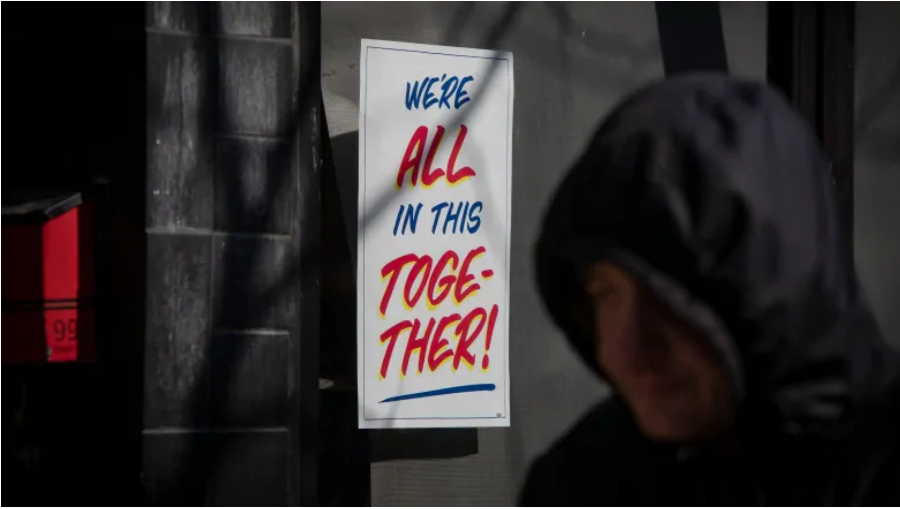
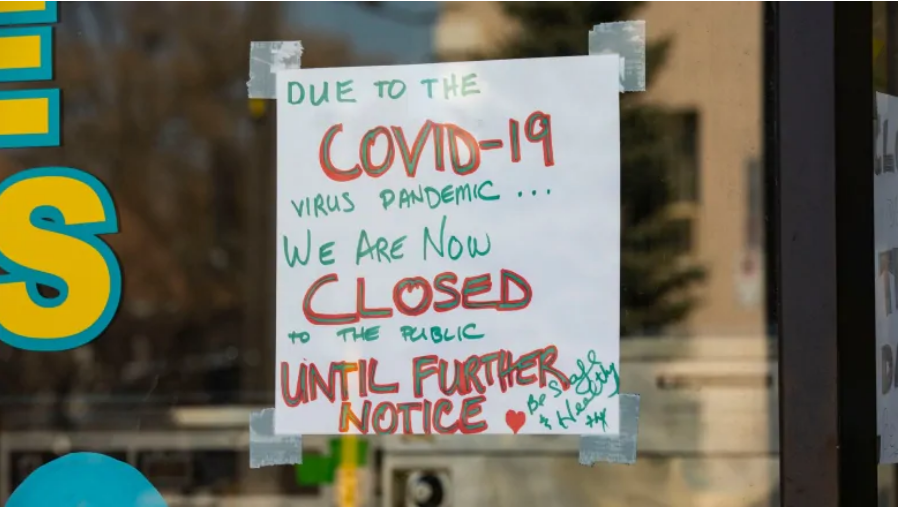
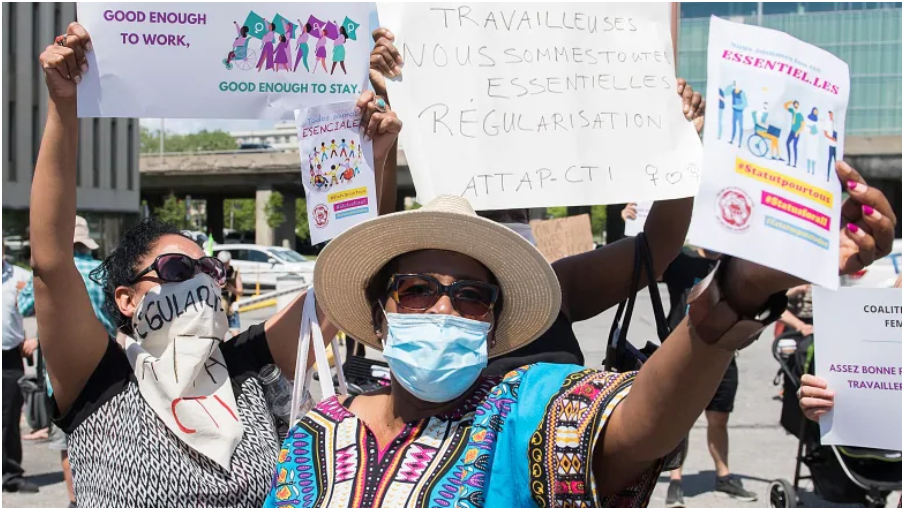


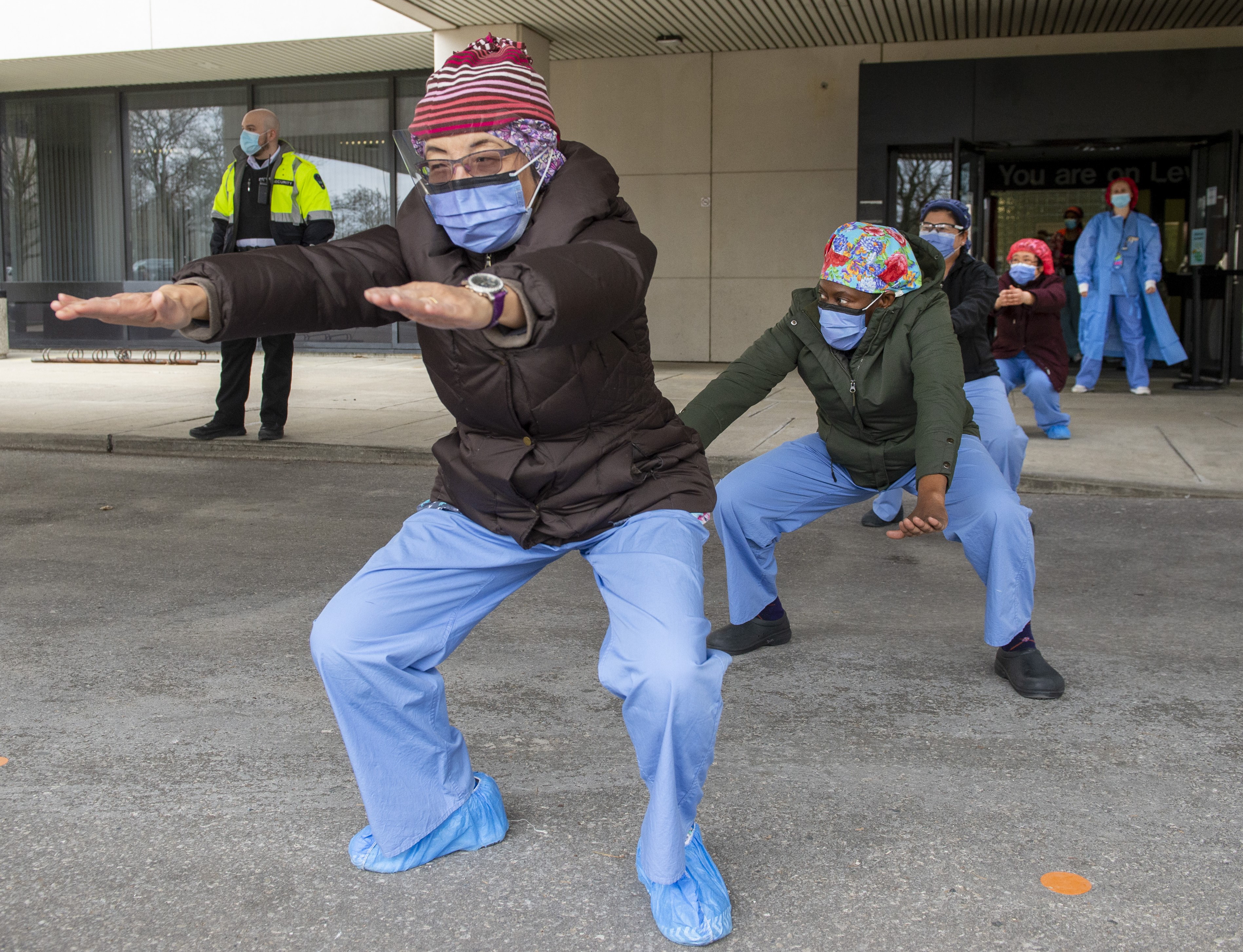







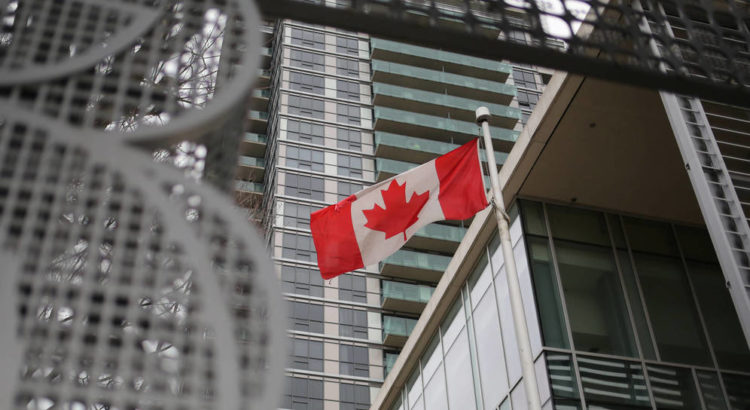






 Users Today : 18
Users Today : 18 Total Users : 35460401
Total Users : 35460401 Views Today : 38
Views Today : 38 Total views : 3419201
Total views : 3419201